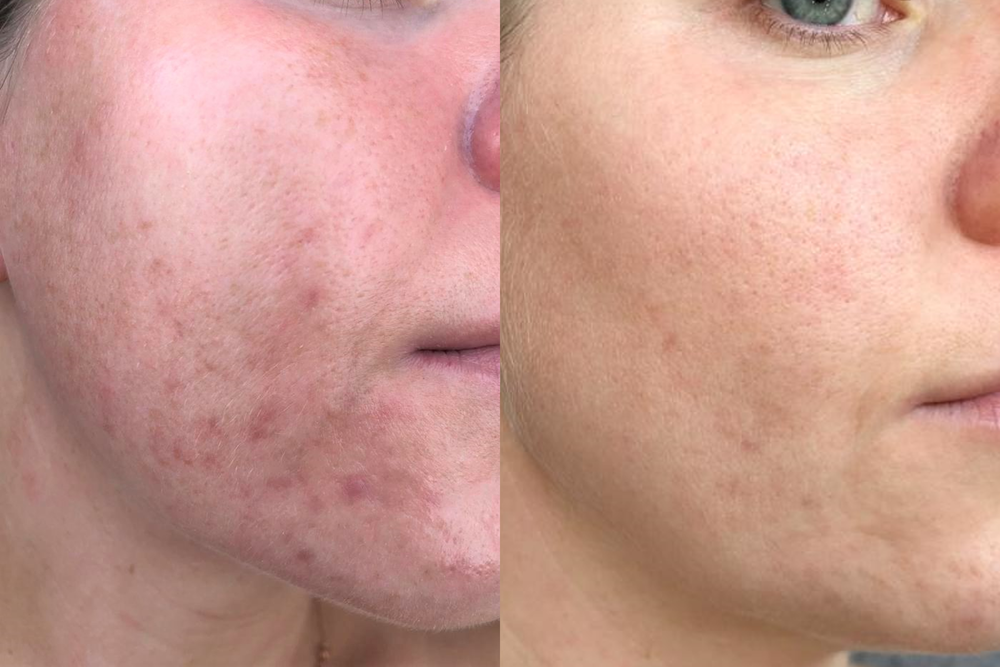Looking for better skin results? Look no further than our top laser resurfacing treatments! Our methods are safe and effective, leaving your skin feeling softer and smoother after just one treatment. Contact us today to learn more about our services, or schedule a free consultation to see how we can help you achieve the perfect complexion.
What are the benefits of laser resurfacing treatments?
Laser resurfacing treatments can improve the appearance of skin by resurfacing it with light energy. These treatments use a laser to heat up the skin, then release the natural oil and collagen that has been stored in the skin. The results can be stunning, as treated skin often looks younger, smoother, and more elastic than untreated skin.
What are some of the most common Laser resurfacing treatments?
There are a variety of laser resurfacing treatments that can be used, depending on how severe the condition is on the face. For example, a photo facial treatment uses lasers to irradiate your skin with short bursts of light over some time; a laser-assisted microneedle procedure uses lasers to deeply penetrate your skin and drill out fat cells, or a laser-radiofrequency energy therapy (LRFET) uses pulses of high-energy radiation to speed up the healing process in treating various types of scars.
How does laser resurface treatments work?
The most common type of laser resurfacing treatment is an ablative treatment, which involves removing fat from areas such as the face and body using lasers and ultrasound machines. This type of treatment is typically used for milder cases of acne or other skin conditions that don’t require surgery or are not too severe. Other types of Laser resurfacing treatments include cryotherapy (freezing) or photo injection (injecting photosensitive material into your skin).
What should I consider before getting a laser resurfacing treatment?
There are several types of laser resurfacing treatments available, such as chemical Peels and Lasers-assisted Acne Treatment (LAP). Chemical peels use a powerful laser to remove dead skin cells and sebum, while lasers-assisted acne treatment uses a laser to help reduce inflammation and blackheads. It’s important to choose the right type of laser resurfacing treatment for you based on your skin type and health history.
How often should I get a laser resurfacing treatment?
You should get a laser resurfacing treatment every two months, although this may be more commonly followed by every four or six weeks if your skin is healthy. The side effects of laser resurfacing treatments can vary depending on the type of treatment used, but can generally include feelings of tiredness, dryness, irritation, redness, and swelling. If these side effects are too much for you to handle or you experience other negative side effects after treatment, please consult your doctor before returning to work or traveling.
What are the side effects of laser resurfacing treatments?
Some common side effects of laser resurfacing treatments include: scars becoming darker than expected; increased sensitivity to sun or radiation; decreased visibility of discolorations; feeling like you have bright lights behind your eyes (Adverse Reaction); hair loss; and fever. Consult your doctor before beginning any new medical therapy or returning to work or traveling if you experience any unusual symptoms after treatment.
Tips for Successfully using a laser resurfacing treatment.
To ensure a successful laser resurfacing treatment, follow the instructions carefully. Make sure you understand each step and be sure to take breaks every 2 or 3 months if needed. And if you experience any adverse effects, speak with your doctor immediately.
Let the treatment do its job.
The laser resurfacing procedure should be done in a controlled environment, using only the correct doses of laser energy and water. Be patient and avoid sudden changes in dosage or environment; this could lead to serious side effects. Follow the doctor’s instructions carefully and allow enough time for the treatment to take effect.
Take breaks and come back to the treatment once every 2 or 3 months.
Take breaks and come back to the treatment once every 2 or 3 months if needed so that you can experience full results from your laser resurfacing treatments. This will help reduce your overall stress level while on vacation, which can also benefit your skin health in general. By having regular treatments, you’ll get better results faster – so don’t hesitate to contact your doctor if you have any further questions about using a laser resurfacing treatment.
Conclusion
Laser resurfacing treatments can be a great way to improve your skin. However, before getting started, it’s important to consider the different types of laser resurfacing treatments and how they work. By following the instructions carefully and taking breaks every 2 or 3 months, you will be successful in achieving the desired results.

